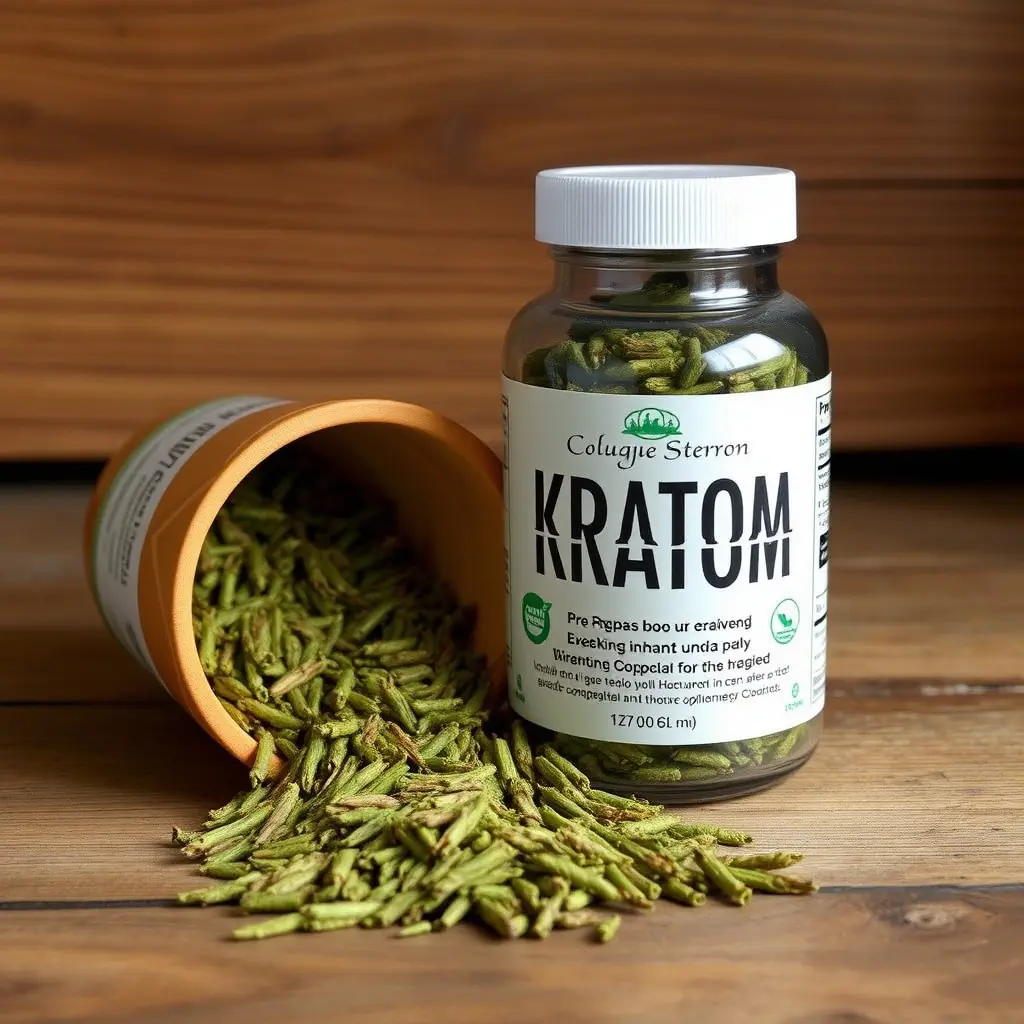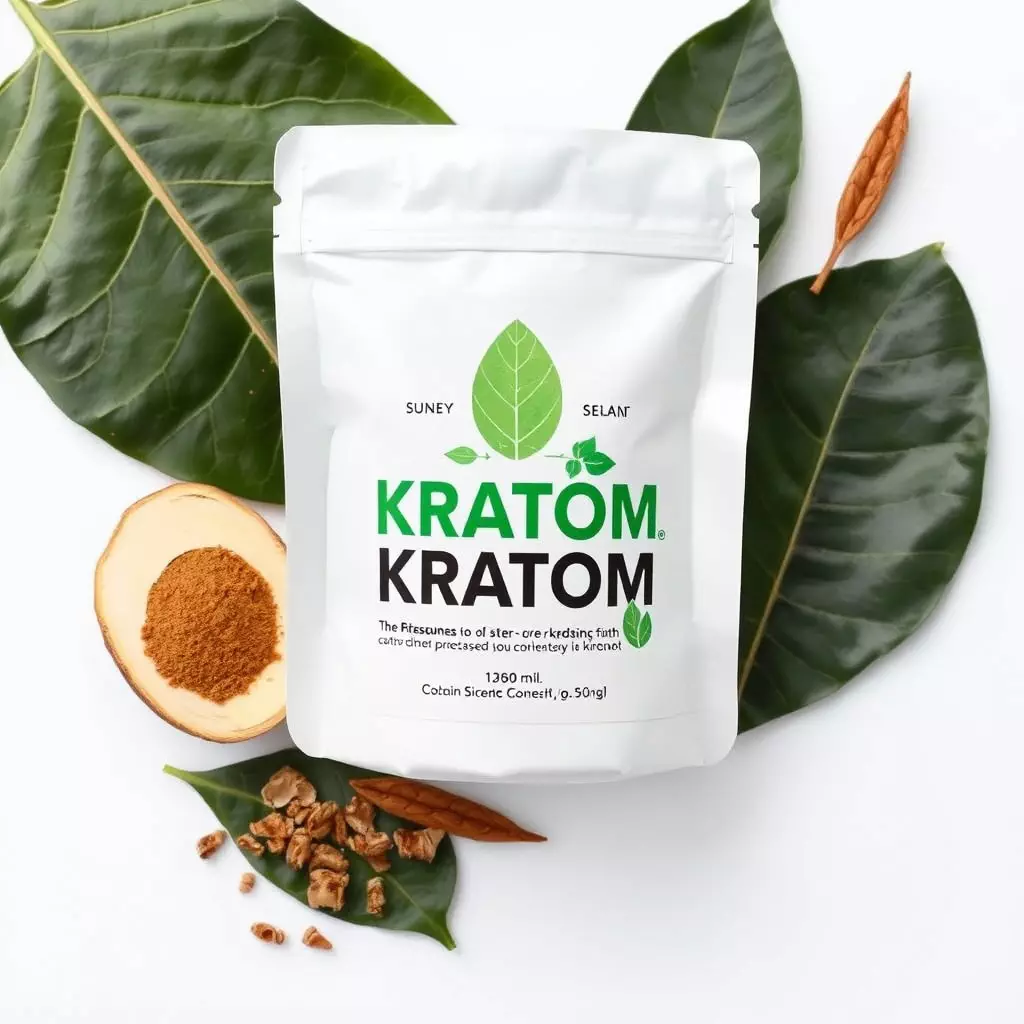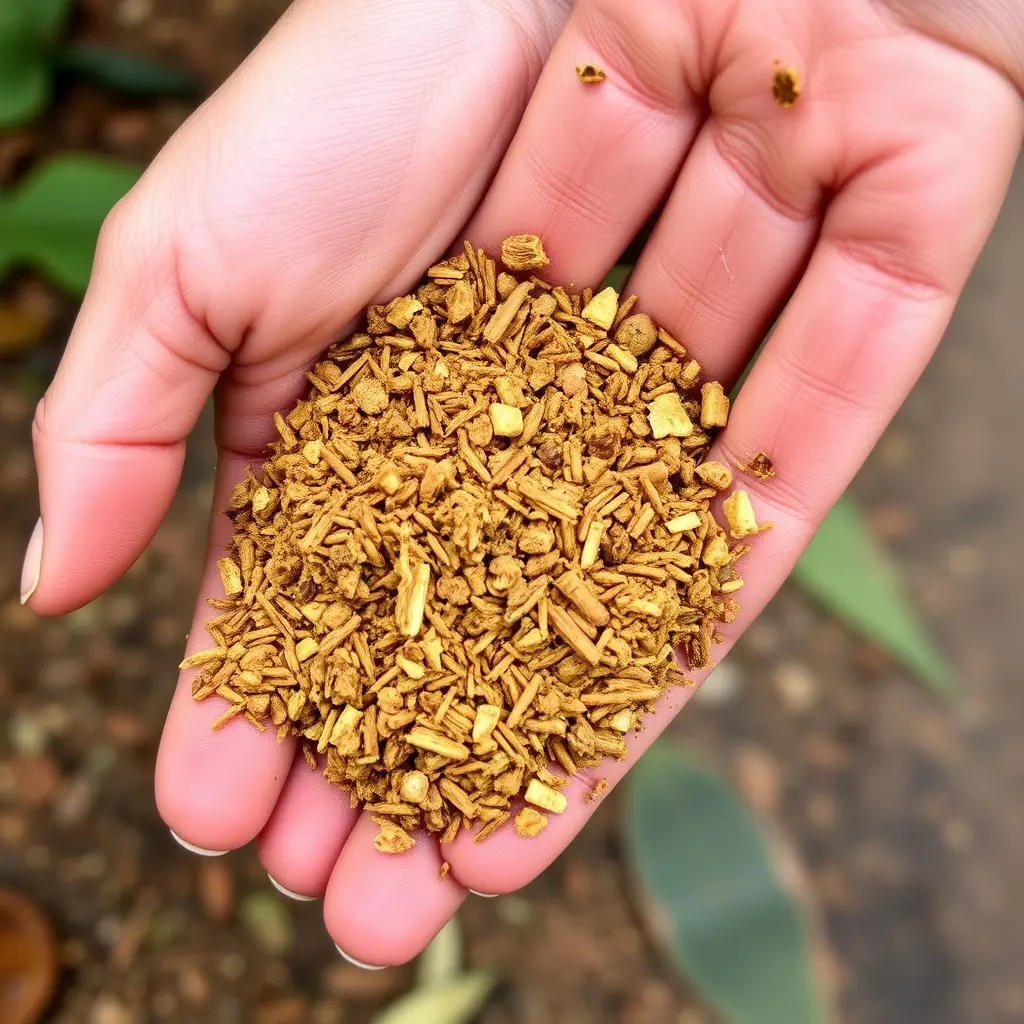Kratom, a plant from Southeast Asia containing the alkaloids mitragynine and 7-hydroxymitragynine, has been studied for its potential to alleviate opioid withdrawal symptoms. Its efficacy is under investigation, with some research suggesting it can interact with brain opioid receptors to help reduce withdrawal-related pain, anxiety, and mood swings. Despite this, the legal status of kratom is complex and varies by jurisdiction; in Utah, for example, its legality has experienced significant changes. Initially classified as a Schedule I controlled substance in 2016, it was later de-criminalized in May 2019 when Governor Gary Herbert signed legislation removing it from the controlled substances list. However, the federal government's stance on kratom could still impact its availability in Utah. As of now, kratom products are legally accessible in Utah with certain restrictions, but users must remain informed about the evolving legal landscape to ensure compliance and understand the implications for their use of kratom as a complementary treatment for opioid withdrawal, especially given the inconsistency in its legality across different states. Individuals should consult healthcare professionals and stay updated on both state and federal regulations regarding kratom's status before considering it as part of their treatment strategy.
Kratom, a plant-based supplement derived from the leaves of Mitragyna speciosa, has emerged as a potential aid for individuals experiencing opioid withdrawal symptoms. As communities grapple with the opioid epidemic, understanding the role of kratom in mitigating these often debilitating symptoms is paramount. This article delves into the complexities surrounding kratom’s efficacy and its legal status, particularly in Utah, where concerns about “is kratom illegal in Utah” are prevalent. We will explore the scientific evidence supporting kratom’s use for opioid withdrawal, shedding light on a controversial substance that sits at the intersection of public health and regulatory policy.
- Understanding Kratom's Role in Mitigating Opioid Withdrawal Symptoms
- Legal Status of Kratom in Utah: Is Kratom Illegal?
- Exploring the Scientific Evidence on Kratom's Efficacy for Opioid Withdrawal
Understanding Kratom's Role in Mitigating Opioid Withdrawal Symptoms

Kratom, a plant native to Southeast Asia, has garnered attention for its potential role in addressing opioid withdrawal symptoms. The mitigating effects of kratom are primarily attributed to its alkaloids, mitragynine and 7-hydroxymitragynine, which can interact with the brain’s opioid receptors. These compounds may offer relief from withdrawal symptoms such as pain, anxiety, and irritability. The use of kratom as an adjunct to treatment protocols is being explored by those seeking alternative methods for managing withdrawal due to its unique pharmacological properties. However, the legal status of kratom varies across jurisdictions; for instance, as of the knowledge cutoff in 2023, kratom is considered a Schedule I controlled substance in some states, including Utah. This classification reflects concerns over both the therapeutic potential and the safety of its use. Prospective users should be aware of the legal implications before considering kratom for opioid withdrawal management. It is crucial to consult with healthcare providers to understand the current regulations and to evaluate the risks and benefits associated with kratom use in the context of treatment for opioid dependence.
Legal Status of Kratom in Utah: Is Kratom Illegal?

Kratom, a plant originating from Southeast Asia, has gained attention for its potential in mitigating opioid withdrawal symptoms. As the opioid crisis continues to affect many lives across the United States, individuals seek alternative treatments and remedies for addiction and withdrawal. In this context, the legal status of kratom becomes a critical aspect of the discussion. As of my knowledge cutoff in 2023, kratom’s status is subject to variation within different states. In Utah, the legislative stance on kratom has been nuanced. Initially, Utah placed a ban on kratom in 2016, categorizing it as a Schedule I controlled substance. However, subsequent legal battles led to a reevaluation of its classification. In May 2019, Governor Gary Herbert signed legislation that removed kratom from the state’s list of controlled substances, effectively de-criminalizing it. This legislative shift reflects the ongoing debate about the potential benefits and risks associated with kratom use. It’s important for individuals to stay informed about their state’s specific laws regarding kratom, as the legal landscape can change. As of the current date, users in Utah can legally purchase and consume kratom products, provided they comply with any age restrictions or vendor regulations that may be in place. However, federal regulation could still impact access to kratom in Utah, so consumers must remain vigilant about compliance with both state and federal laws.
Exploring the Scientific Evidence on Kratom's Efficacy for Opioid Withdrawal

Kratom, a plant-based substance derived from the leaves of Mitragyna speciosa, has been a subject of considerable debate and research within the context of opioid withdrawal management. The efficacy of kratom in mitigating withdrawal symptoms is an area of interest for those affected by opioid use disorder (OUD) as they seek alternatives to traditional medical treatments. Scientific studies have investigated the alkaloids present in kratom, such as mitragynine and 7-hydroxymitragynine, which are believed to interact with the opioid receptors in the brain, potentially offering relief from withdrawal symptoms.
Research findings suggest that kratom may provide symptomatic relief during opioid detoxification; however, its legal status varies across different regions. In Utah, for instance, the regulatory landscape regarding kratom is subject to change, with legislative efforts both for and against its use. As of the knowledge cutoff date, some states have banned kratom, while others have implemented regulations that allow its sale under certain conditions. It is crucial for individuals considering kratom as a treatment option to stay informed about their state’s laws, as the legality of kratom in Utah and elsewhere can impact accessibility and the legal implications of its use. Prospective users should consult with healthcare professionals and consider the most current legal status before integrating kratom into any detoxification or withdrawal management plan.
Kratom has emerged as a subject of interest and debate within the context of opioid withdrawal management, particularly as individuals seek alternatives to traditional detoxification methods. The article has delved into the multifaceted role of kratom in alleviating symptoms associated with opioid cessation, highlighting the importance of understanding both its potential benefits and limitations. While the legal status of kratom in Utah—specifically, whether kratom is illegal in Utah—remains a point of contention, it’s clear that ongoing scientific research continues to shed light on kratom’s efficacy for opioid withdrawal. As such, stakeholders must navigate this complex issue with care, ensuring informed decision-making based on the latest evidence. It is through rigorous study and responsible policy-making that we can better support those affected by opioid use disorder.






